Marc Light
The MITRE Corporation
Looking Under the Hood : Tools for Diagnosing your Question Answering Engine
Jul 03, 2001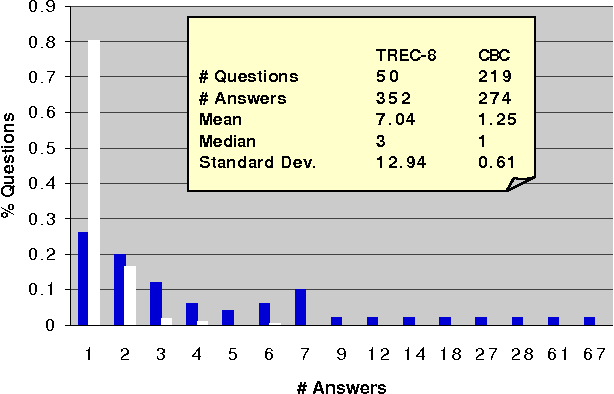

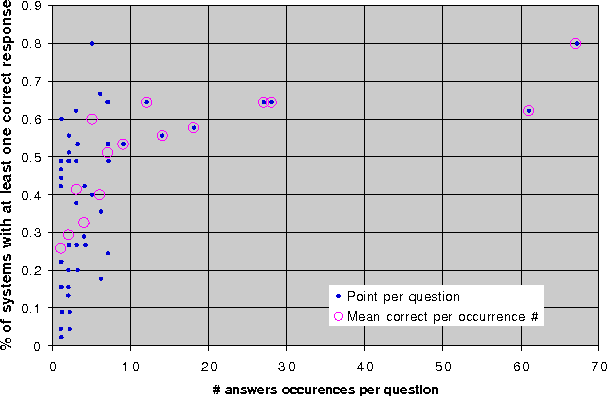
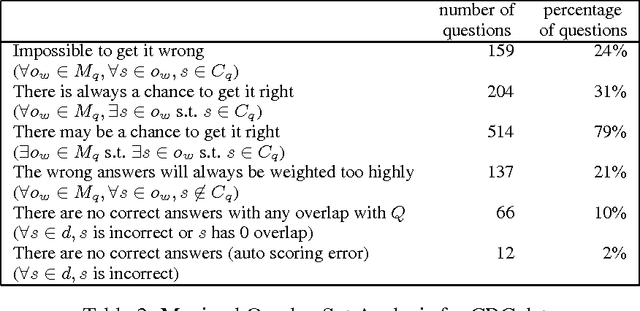
Abstract:In this paper we analyze two question answering tasks : the TREC-8 question answering task and a set of reading comprehension exams. First, we show that Q/A systems perform better when there are multiple answer opportunities per question. Next, we analyze common approaches to two subproblems: term overlap for answer sentence identification, and answer typing for short answer extraction. We present general tools for analyzing the strengths and limitations of techniques for these subproblems. Our results quantify the limitations of both term overlap and answer typing to distinguish between competing answer candidates.
How to Evaluate your Question Answering System Every Day and Still Get Real Work Done
Apr 17, 2000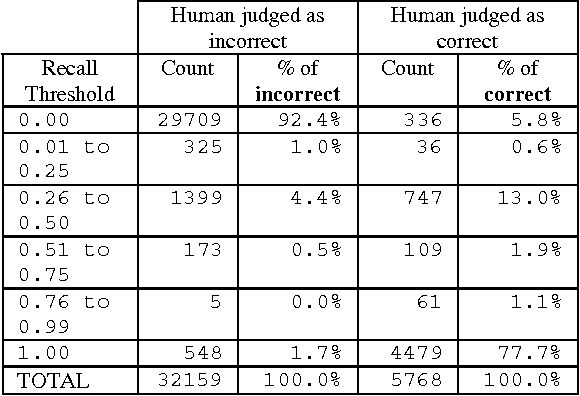
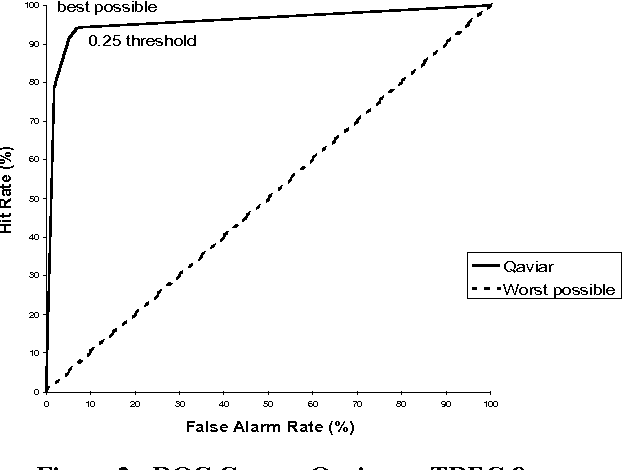

Abstract:In this paper, we report on Qaviar, an experimental automated evaluation system for question answering applications. The goal of our research was to find an automatically calculated measure that correlates well with human judges' assessment of answer correctness in the context of question answering tasks. Qaviar judges the response by computing recall against the stemmed content words in the human-generated answer key. It counts the answer correct if it exceeds agiven recall threshold. We determined that the answer correctness predicted by Qaviar agreed with the human 93% to 95% of the time. 41 question-answering systems were ranked by both Qaviar and human assessors, and these rankings correlated with a Kendall's Tau measure of 0.920, compared to a correlation of 0.956 between human assessors on the same data.
Classification in Feature-based Default Inheritance Hierarchies
Jun 04, 1996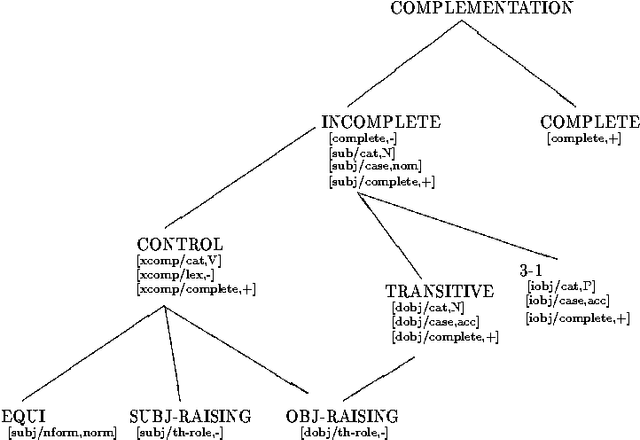


Abstract:Increasingly, inheritance hierarchies are being used to reduce redundancy in natural language processing lexicons. Systems that utilize inheritance hierarchies need to be able to insert words under the optimal set of classes in these hierarchies. In this paper, we formalize this problem for feature-based default inheritance hierarchies. Since the problem turns out to be NP-complete, we present an approximation algorithm for it. We show that this algorithm is efficient and that it performs well with respect to a number of standard problems for default inheritance. A prototype implementation has been tested on lexical hierarchies and it has produced encouraging results. The work presented here is also relevant to other types of default hierarchies.
Morphological Cues for Lexical Semantics
Jun 04, 1996

Abstract:Most natural language processing tasks require lexical semantic information. Automated acquisition of this information would thus increase the robustness and portability of NLP systems. This paper describes an acquisition method which makes use of fixed correspondences between derivational affixes and lexical semantic information. One advantage of this method, and of other methods that rely only on surface characteristics of language, is that the necessary input is currently available.
Knowledge Representation for Lexical Semantics: Is Standard First Order Logic Enough?
Dec 10, 1994Abstract:Natural language understanding applications such as interactive planning and face-to-face translation require extensive inferencing. Many of these inferences are based on the meaning of particular open class words. Providing a representation that can support such lexically-based inferences is a primary concern of lexical semantics. The representation language of first order logic has well-understood semantics and a multitude of inferencing systems have been implemented for it. Thus it is a prime candidate to serve as a lexical semantics representation. However, we argue that FOL, although a good starting point, needs to be extended before it can efficiently and concisely support all the lexically-based inferences needed.
 Add to Chrome
Add to Chrome Add to Firefox
Add to Firefox Add to Edge
Add to Edge